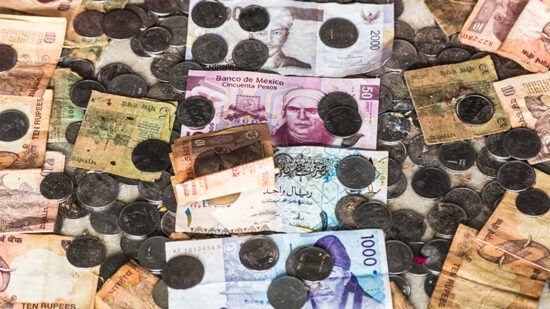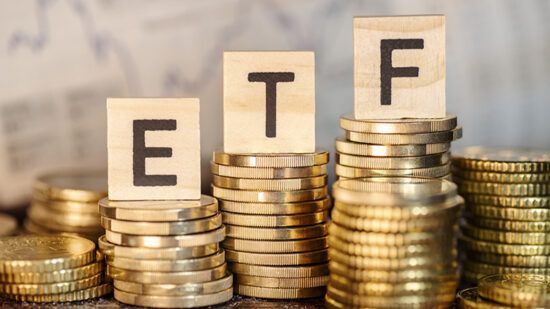Driven by the start of the quantitative easing in the currency zone on Monday and stronger-than-expected jobs data from the US, the pace of the move has taken some analysts by surprise. But, while the direction of travel in 2015 seems very much the same as that in 2014, there has been a slight shift in the drivers behind the moves that analysts say are worth considering.
Roger Hallam, managing director, is the currency chief investment officer of the Global Fixed Income, Currency & Commodities (GFICC) group at JP Morgan said that, while the last nine months or so have been all about the strong dollar, for much of 2014, it was the other side of the trade that did the heavy lifting.
“If the dollar is going to lift meaningfully from here in 2015, we are going to have to see rate hikes in the US,” Hallam said, adding: “zero interest rates continue to look less and less appropriate in the US going forward.”
On the other side of the coin, however, Hallam said, the euro looks cheap at current levels, but that matters little when one considers the size of the flows working against it. And, as a result, it could well go lower from here.
Joshua McCullum, head of fixed income economics at UBS agrees that the euro could go lower, pointing out in a note on Tuesday that he expects the monetary expansion to continue.
“Global reflation is exacerbating the great divergence, and nowhere is this more obvious than in exchange rates. Since June 2014, the countries that are expected to hike rates, such as the US and UK, have seen their exchange rates appreciate substantially against their trading partners. Meanwhile those who are easing, such as Japan, the eurozone and Australia, are seeing the kind of depreciations that should make their exporters very happy.”
From a UK investor perspective, Hallam, said, going long the dollar and short the euro and commodity sensitive currencies.
But, he added: foreign exchange volatility, having risen in 2014, is likely to continue to rise in 2015 and considerations of currency should be front and centre in terms of putting strategic hedges in place.
“You will continue to see policy divergence this year and it is at such points that one sees large foreign exchange moves.”
Looking at sterling specifically, he said, there are reasons it looks shakily, given the country’s large current account and fiscal deficits, as well as the uncertainty surrounding the election in May, but he expects it to benefit from growth in Europe and is likely to sit in the middle of the currency performance charts.
A slightly different view comes from Jonathan Baltora, inflation linked bonds manager at AXA Investment Managers.
“Inflation linked bonds have outperformed nominal bonds in February as investors are taking advantage of historically low valuations and Central Banks are rushing to cut rates and ease monetary conditions to prevent their currency from appreciating. Inflation linked bonds are often an attractive value proposition in a currency war situation.
“We believe Euro inflation linked bonds offer value as the Euro area stands to be a winner of the currency war in the year to come. Currency war spillovers have been significant in the inflation linked bond market with Japanese inflation linked bonds outperforming nominal Japanese government bonds by 9.2% as the Japanese Yen has dropped by more than 50% over the same period against the US dollar,” he said.
A third factor to consider when it comes to the outlook for the euro is the challenge facing the ECB when it comes to finding enough sellers on the secondary sovereign bond market. This challenge raises some questions about the likelihood that the ECB will be able to acquire the total amount of €60bn per month says David Kohl, chief currency strategist and head economist for Germany at Julius Baer.
“It is therefore likely that the ECB will respond to this challenge by tapering its purchasing programme before completion, when signs of an improving economic outlook increase and the current deflation hysteria abates. This should allow the euro to profit from the unfolding economic recovery.
But, he added: “The risk to this view is that the ECB would by all means try to acquire the monthly €60bn and even be ready to lower the deposit rate to achieve the target. This would send the euro even lower and have a negative impact on banks in the eurozone, as the liquidity requirements they are subject to would become more expensive.”







